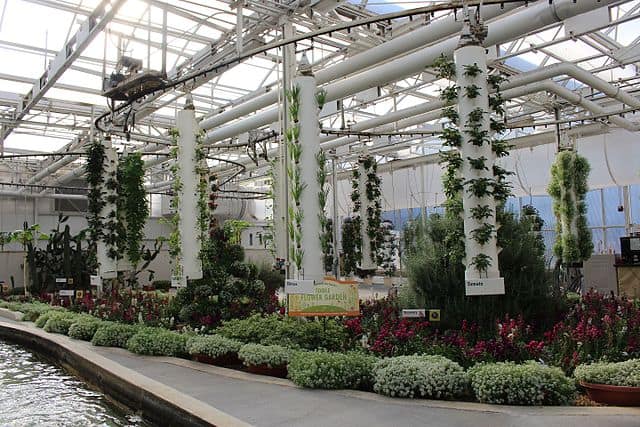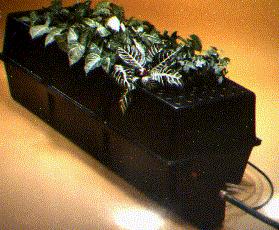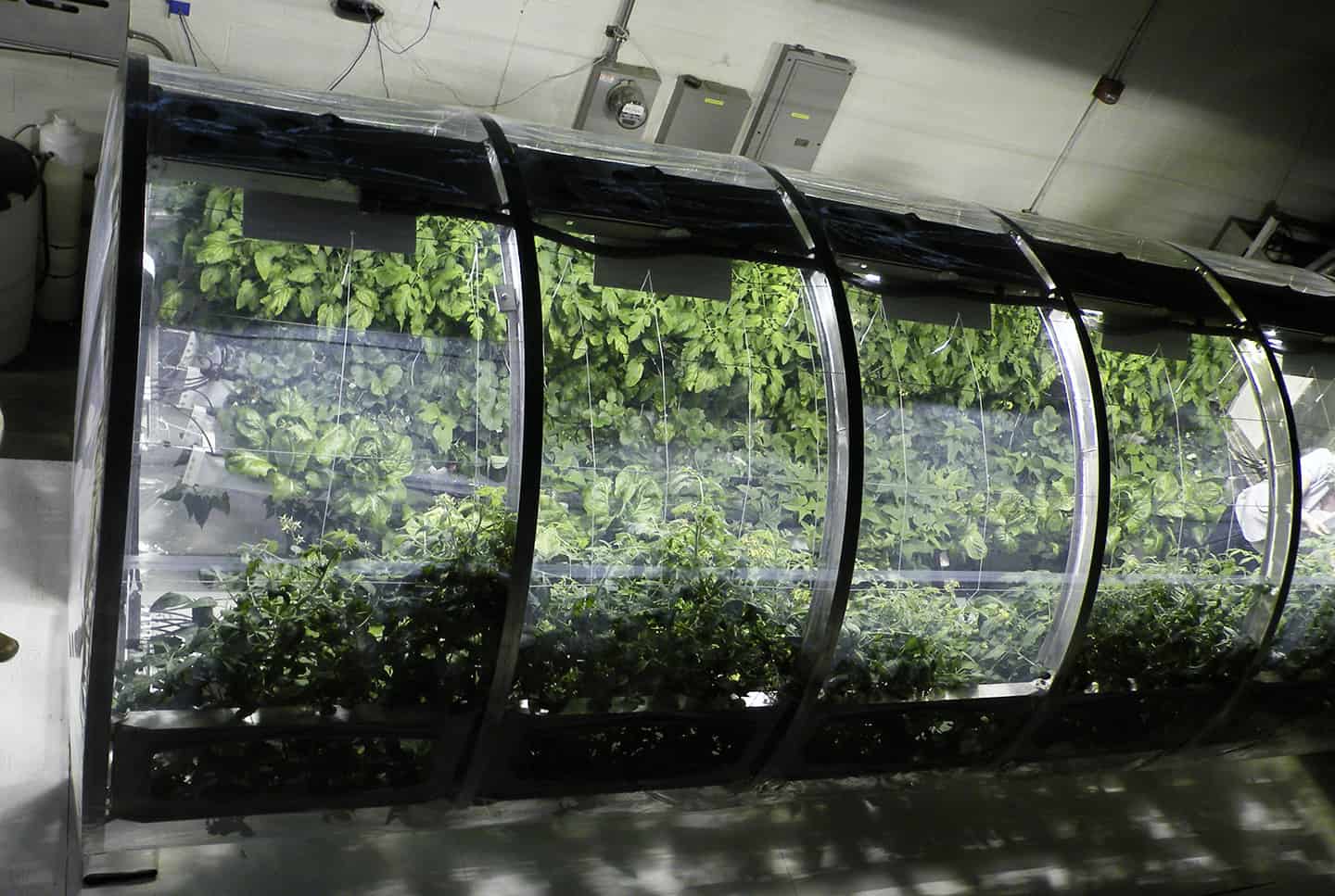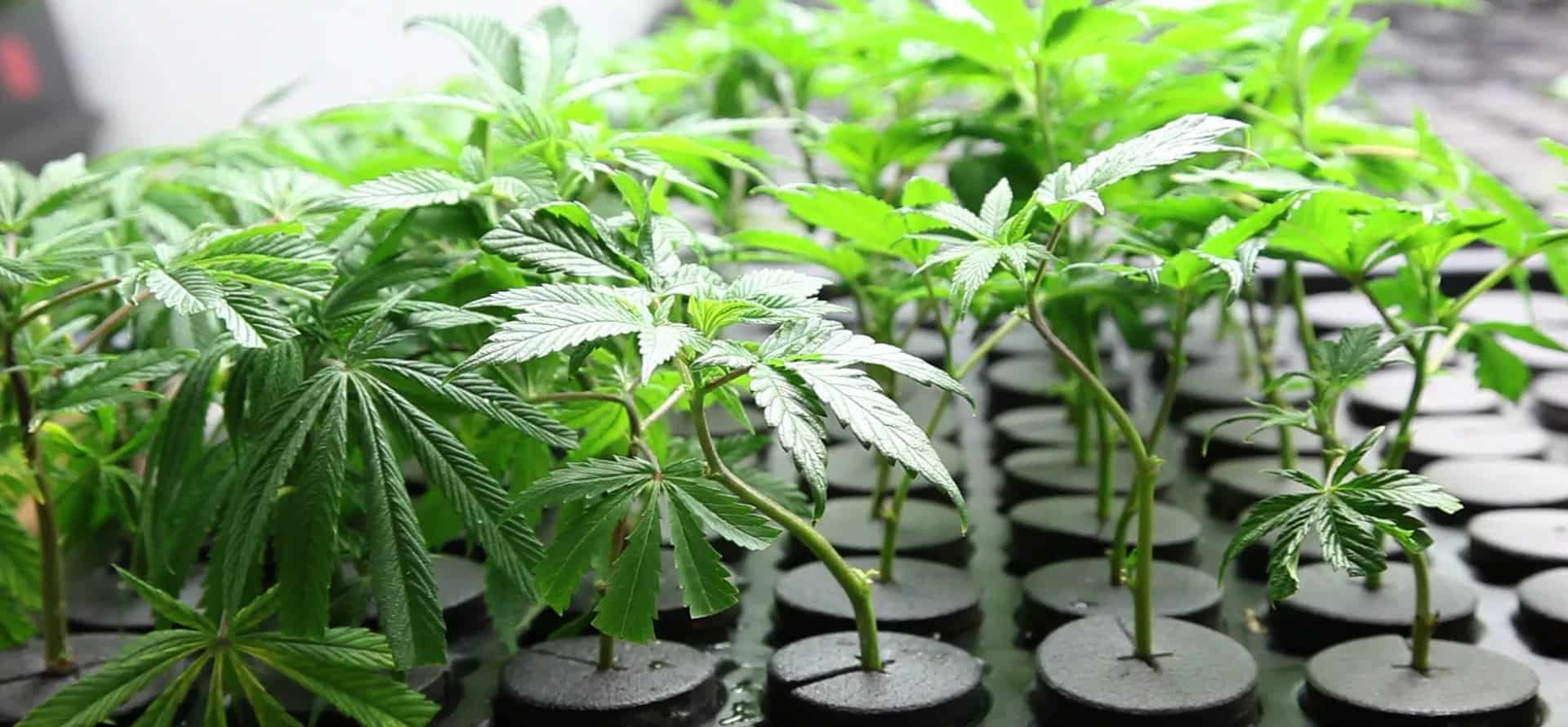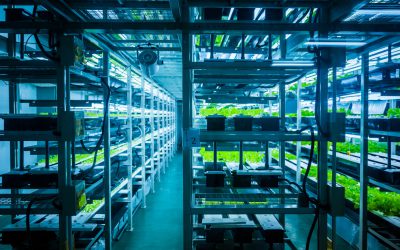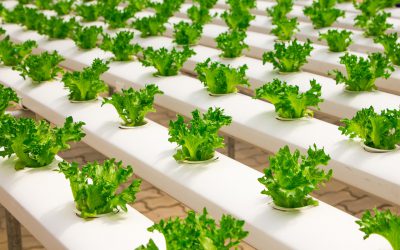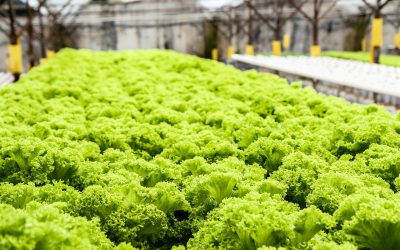Written by Jared Anderson
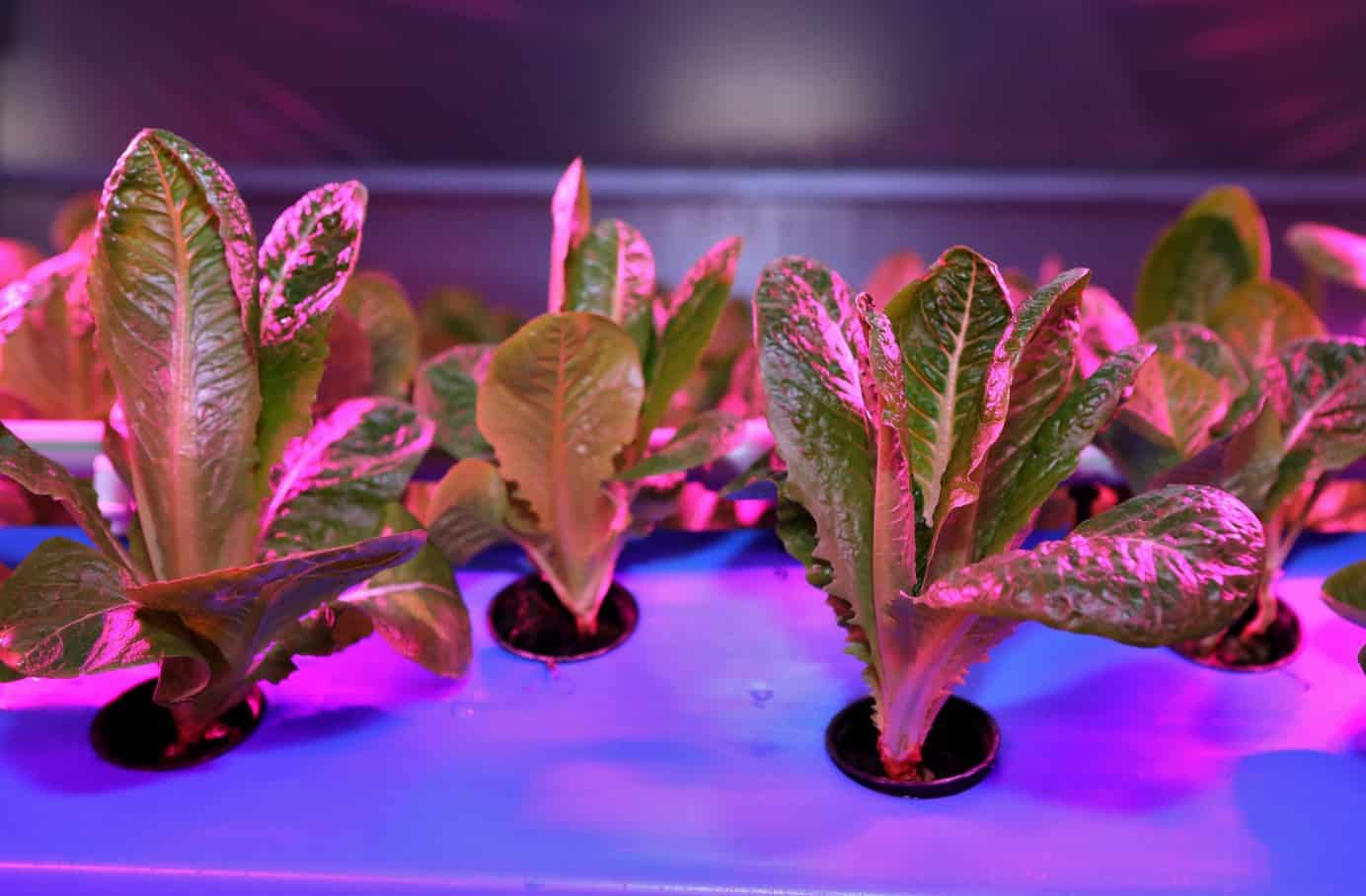
What do NASA and disney have in common? Aeroponics! This decade old gardening technique, has been used to grow food for astronauts and Mouseketeers but is still very unknown by most people. So what is aeroponics gardening?
In short, aeroponics is the method of growing plants (fruits, vegetables, herbs, and even cannabis) in an enclosed chamber with the root system suspended in the air. Then misters or sprayers controlled by a timer, fill the chamber with a nutrient-rich mist or fog coating the root systems providing an alternative (some would argue ‘better’) method for growing plants.
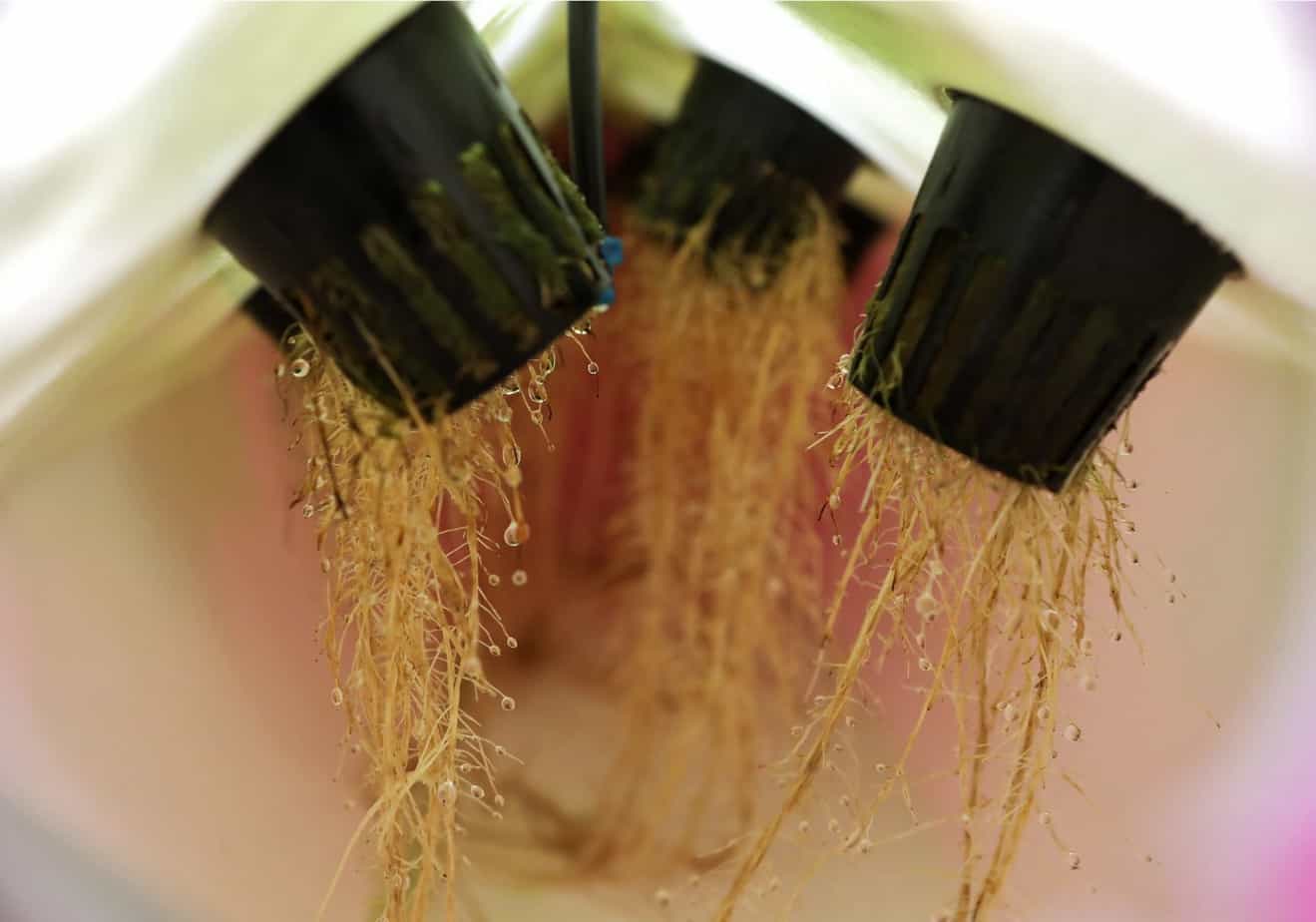
Table Of Contents
- 1 What Are The Benefits Of Aeroponics Gardening?
- 2 Where Did Aeroponics Gardening Begin?
- 3 What Are The Pros Of Aeroponics?
- 4 What Are The Cons Of Aeroponics?
- 5 Conclusion
- 6 The Complete Guide To Vertical Farming | What It Is and Why It’s So Important
- 7 Nutrient Film Technique 101
- 8 A Deep Dive On Deep Water Culture Hydroponics Systems
What Are The Benefits Of Aeroponics Gardening?
Aeroponics provides a multitude of benefits, including up to 95% less water usage, faster growth-rates, and bigger yields. Some highly efficient systems have produced up to 40% yields when compared to traditional farming methods. With improvements in design and LED lighting, you can grow pounds of fruits, vegetables and herbs year round, in your home in less than 20 SqFt.
Where Did Aeroponics Gardening Begin?
In 1942 a scientist named W. Carter who first documented the growing of plants using water vapor in an enclosed chamber to study the root systems. Research continued using this basic approach, and other researchers studied soil-less growing in citrus plants, avocados, and apple trees. Eventually, in 1957, F. W. Went coined the term “aeroponics” for his method of growing coffee plants and tomatoes by applying a nutrient mist to roots that were suspended in the air.
Advancements continued behind the scenes until in 1982, aeroponics became known to the public when an entire display made its debut at “The Land” pavilion at Disney’s Epcot Center.
The first commercially available aeroponics apparatus manufactured by GTi soon followed in 1983. It was known as the Genesis Machine; the name was taken from the movie Star Trek II: The Wrath of Khan. At the time, this achievement was considered a huge revolutionary advance in the technology of soil-less agriculture.
In the 1990’s NASA’s’ interest in this high tech method of growing vegetation pushed aeroponics further into the limelight. Study and refinement of soil-less gardening methods took off after projects funded by the space agency gave aeroponics a decidedly futuristic image.
Modern-day aeroponics systems provide a fast, clean and efficient approach to food production. Crops can be planted indoors without soil and harvested year-round. By exposing plant roots to an abundant supply of oxygen and precisely measured amounts of nutrients, aeroponics can produce dramatic improvements in yields over other gardening methods. Aeroponics has also revolutionized the propagation of plants from cuttings by enabling faster and cleaner root development through a sterile, nutrient-rich, oxygenated environment. It has enabled greenhouses to propagate various plants that were previously only possible to grow from seeds.
Aeroponics is increasingly being used for a broad range of purposes from the greenhouse cloning of plants, to NASA growing food for long-distance space flights, to individuals legally cultivating medical marijuana in some states and not so legally in others.
Many practitioners consider aeroponics just another branch of a much older method of soil-less gardening known as hydroponics . Photosynthesis in plants requires access to minerals, especially nitrogen, phosphorus, and potassium. These nutrients are found naturally in the soil, but the soil itself is not and never has been required for plant growth. In fact, soil-less gardening is a practice that has its ‘roots’ in antiquity
Hydroponics involves growing plants in beds of sand, gravel, or similar supporting material that is flooded with a nutrient-rich water-based solution. Hydroponics goes back 1000’s of years to the early Egyptians, Aztecs and Chinese and even one of the 7 Wonders of the Ancient World, the Hanging Gardens of Babylon, is thought to be the first application of hydroponic cultivation.
What Are The Pros Of Aeroponics?
Traditional gardening methods and hydroponics which bury the roots in soil or grow media restrict access to oxygen which is a limiting factor on growth. In aeroponics, plants are secured by the stem and the roots are exposed in an open space, so there is plenty of oxygen and nutrients being absorbed. That is one reason that for a given area, aeroponics systems are typically able to produce up to 40% more fruit and vegetables than traditional gardens.
Aeroponics uses considerably less water than conventional agriculture with reports of savings exceeding 94% in water usage. Aeroponics systems can be used to clone the best specimens in a garden by rapidly rooting cuttings for replanting. They can more efficiently germinate seeds or grow plants from seed to harvest. Using aeroponics systems as part of a replanting program improves root growth, survival rate, and maturation time. Urban gardeners where the soil is often scarce or unavailable have found that aeroponics systems suit their needs by enabling them to grow produce inside their apartments or on their rooftops. It is also a valuable alternative for geographic locations where the arable soil is scarce or the water supply limited.
What Are The Cons Of Aeroponics?
With soil, the room for error is far better when compared with aeroponics. It requires the monitoring of the pH, nutrients, overall water quality among other things. The setup costs can also be a bit of a hurdle with popular systems costing hundreds of dollars. It is more temperamental than traditional gardening since pH changes and nutrient imbalances adversely impact plants much more quickly due to increased absorption rates and the high level of oxygenation. These are the same factors that enable the rapid growth of the plants in a properly balanced system.
Aeroponics depends almost entirely on high-pressure pumps, timers, and sprayers, so power failures and equipment malfunctions can have a devastating effect. Electrical outages can be mitigated through backup generators or a computer UPS, but those solutions add to the cost. If the system has a pump failure, inadequate nutrients, dry reservoir or blocked nozzles, the plants can be severely damaged or killed in just a few hours.
Conclusion
Now 62 years since the name was created, aeroponics still seems somewhat futuristic. But with it’s higher yields and lower demand on vital resources, it’s nearly guaranteed that in the coming decades with the challenges of rapidly growing population, coupled with the threats of climate change, it will seem commonplace to eat and buy food produced in this manner.
Related Articles
The Complete Guide To Vertical Farming | What It Is and Why It’s So Important
With demands for fresh, locally sourced, non-GMO fruits, veggies, and herbs continuing to grow, the adoption of indoor vertical farms is increasing across the globe. Find out why, these farms are so important for the future of our food.
Nutrient Film Technique 101
The Nutrient Film Technique is one of many popular hydroponic growing techniques. In fact this method is deployed across both hobbyist gardens and large commercial grow operations.
A Deep Dive On Deep Water Culture Hydroponics Systems
What is Deep Water Culture or DWC hydroponics? Check out the benefits and how easy it is to get started growing using the DWC method.

